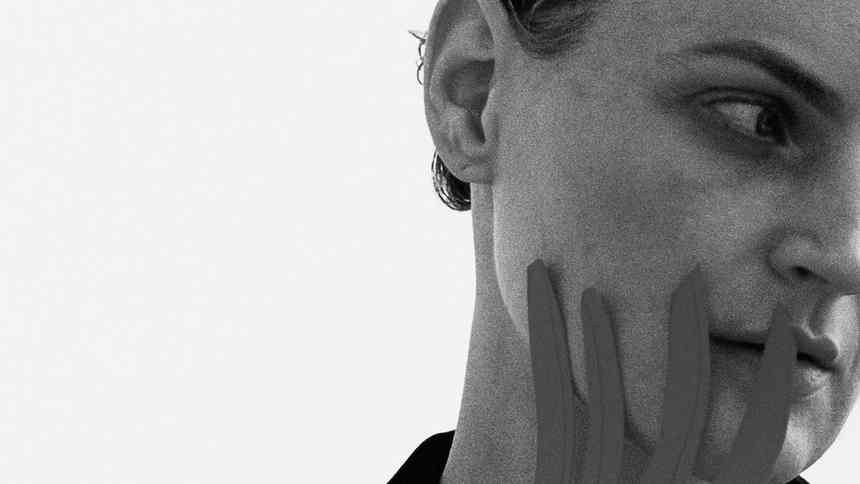I had my first sound bath about a year ago, we were out of lockdown for the summer and I was lucky enough to experience the relaxing wellness practice in person. It started off like a massage, but I remained fully dressed and the masseuse never actually touched me – instead, I was enveloped in the melodic sounds produced by her rubbing a small mallet around the edge of a number of singing bowls, which at one point were placed on my body, so I could benefit from further vibrations. And then an hour later, I was awoken from a sleep-like slumber by gentle chimes. I’m not sure it did anything for the sore shoulder I’d told the therapist about ahead of my session, but it certainly lifted my mood, left me feeling invigorated for the rest of the day, and it might have been behind the first good night’s sleep I’d had in days. I’ve since had two online sessions too – each has been equally enjoyable.
Instagram content
View on Instagram
And it seems I’m not the only fan of the wellness technique, celebrities including the Duchess of Sussex, Precious Lee and Charlize Theron cite sound therapy as part of their spiritual practice, while Kendall Jenner recently shared an Instagram post of her practising with sound bowls, which suggests she may be training to be a therapist herself. So what’s it all about?
“Sound therapy is a holistic treatment that uses sound, vibration and different frequencies to put you into a deep state of meditation,” explains Farzana Ali, known to her clients as the Sound Therapist. “Sessions are called sound baths, since the sound is said to ‘wash over you’. Group sound baths tend to focus mainly on relaxation, but bespoke individual sessions include a self-reflective process where you can address, and then work through, any stress or anxiety.”
And the benefits are far reaching: sound healing can help you feel more relaxed, more rested, less anxious and improve your sleep. “There are lesser known benefits, too,” reveals Ali. “It can help with pain management, lowering high blood pressure and relaxing tense muscles. Personalised sessions that are combined with reflective work can also help uncover and release past traumas and bring clarity to a situation, I’ve worked on grief trauma and also transitions such as break-ups, changing jobs or becoming a parent. It can also improve your focus and help reframe self-limiting beliefs that may be holding you back in a work environment.”
For some clients, the appeal is more about escape. “They simply love the feeling and clarity that comes with being in an altered state of consciousness,” says Ali. “That’s when you’re in a dream-like state and you may see colours, visualisations and experience feelings such as floating.”
But despite sound healing’s somewhat woo-woo reputation, there is some science involved – it works through a process called sympathetic resonance. “This is when vibrations match the rate of vibration from another source,” explains Ali. “In this case, your brain matches up and falls in sync with the soothing frequencies from the therapeutic-grade instruments that are playing. And we call this entrainment.”
Instagram content
View on Instagram
This matching of vibrations allows the brain to relax. “The brain moves from a beta-dominant brainwave state – this is when we’re concentrating, focused or stressed – to a relaxed and restful alpha-dominant brainwave state,” says Ali. “The sounds you hear also trigger your parasympathetic nervous system, which is the opposite of the flight or fight response. So, your breathing becomes relaxed and your heart rates slows down too. This all encourages your body to fall into a really deep relaxation.”
It sounds revolutionary, but applying sound as a healing method is nothing new. The use of music as therapy through drumbeats and chanting dates back to ancient Greece and Egypt, and singing bowls have been used in Nepal, Tibet and India to induce relaxation for years. These days, sound healing is available in spas, clinics, wellness retreats, in the workplace through corporate wellness, and now, in your own home.
At the start of 2020, the Global Wellness Summit had included energy healing in its top 10 predicted trends, and cited sound therapy as an “uber trend” – pointing to our exhaustion with screen-time leading many of us to turn to sound for respite. That prediction may have come pre-pandemic, but it couldn’t have resonated more after Covid-19 lockdowns made working from home becoming the new normal. As a result, Ali has seen a huge increase in enquiries over the past year. “We all want and need ways to manage the stress and uncertainly of the pandemic, and often we want to do this without the added pressure of having to ‘do’ something, or learn something,” says Ali. “Sound healing is a passive experience for the client. The practitioner does the hard work for you – you just have to lie down and listen – this means it can be for everyone.”
Ali was uncertain at first if her practice would translate to online. “Before the pandemic, I would never have even considered online sessions. But it’s been a great way for more people to access sound healing,” she says. “One of my first digital sound baths had over 8,000 people tune in, many who were hearing about how sound could be used for meditation for the first time.”
Group sound therapy sessions can cost from as little as £15 to £20, with bespoke one-to-one services ranging typically between £80 and £120. If you’re interested in exploring it further Ali, who offers free taster sessions on her @thesoundtherapist Instagram, says: “To incorporate it into your daily life, start by listening to nature, it’s full of sound healing. If you’re lucky to live by a body of water, actively listen to the crashing of the waves, or lapping of the water at the shore.”








